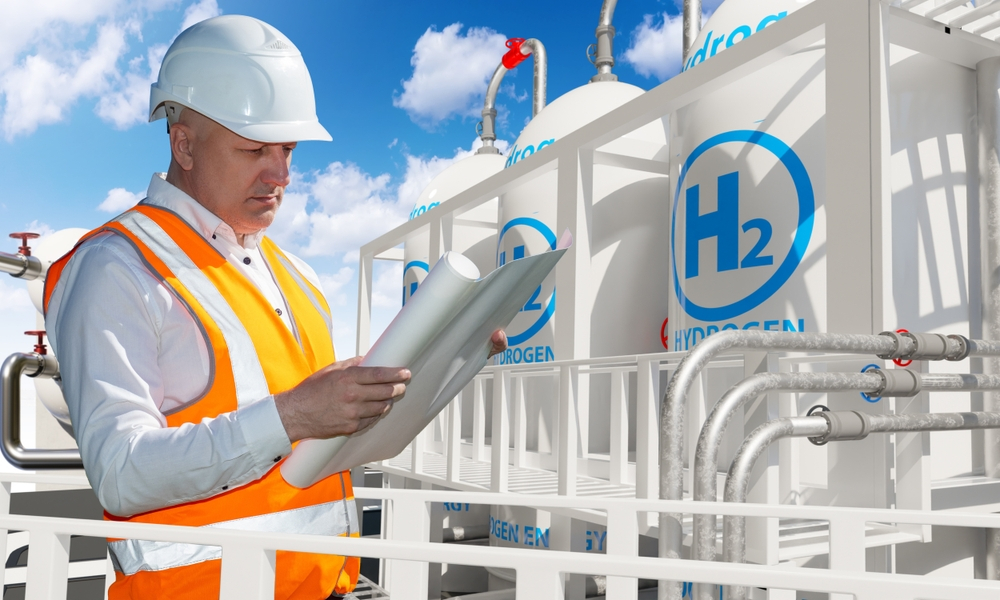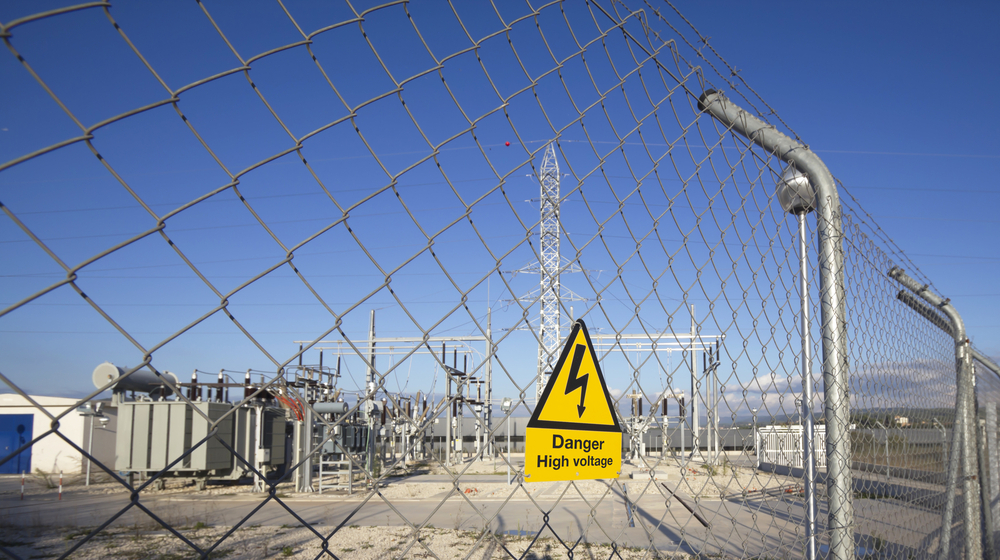Some Of Roar Solutions
Some Of Roar Solutions
Blog Article
An Unbiased View of Roar Solutions
Table of ContentsThe 8-Minute Rule for Roar SolutionsThe 7-Minute Rule for Roar SolutionsRoar Solutions Things To Know Before You Buy
In order to shield setups from a potential surge an approach of evaluating and identifying a possibly unsafe location is called for. The objective of this is to guarantee the correct choice and setup of tools to eventually stop an explosion and to make certain safety of life.
(https://pastebin.com/u/roarsolutions)
No equipment needs to be installed where the surface area temperature level of the equipment is higher than the ignition temperature of the provided danger. Below are some usual dirt unsafe and their minimal ignition temperature. Coal Dust 380C 225C Polythene 420C (thaws) Methyl Cellulose 420C 320C Starch 460C 435C Flour 490C 340C Sugar 490C 460C Grain Dirt 510C 300C Phenolic Resin 530C > 450C Aluminium 590C > 450C PVC 700C > 450C Residue 810C 570C The possibility of the danger existing in a concentration high enough to cause an ignition will certainly vary from location to location.
Harmful area electrical tools perhaps developed for use in greater ambient temperature levels. Area Fixing By Authorised Worker: Difficult screening may not be called for however details procedures might require to be complied with in order for the tools to keep its 3rd event rating. Each item of equipment with a dangerous ranking ought to be reviewed individually.
The Definitive Guide to Roar Solutions
The devices register is a thorough database of tools records that includes a minimum set of areas to determine each thing's place, technological criteria, Ex classification, age, and environmental information. This details is essential for monitoring and taking care of the tools properly within dangerous locations. On the other hand, for regular or RBI tasting examinations, the grade will be a combination of Thorough and Close examinations. The ratio of Comprehensive to Close evaluations will certainly be figured out by the Equipment Danger, which is evaluated based upon ignition danger (the likelihood of a source of ignition versus the likelihood of a combustible environment )and the hazardous area classification
( Area 0, 1, or 2). This variant will likewise affect the resourcing demands for job prep work. As soon as Lots are defined, you can establish sampling strategies based on the sample size of each Lot, which describes the number of arbitrary equipment products to be checked. To establish the required sample dimension, 2 facets need to be evaluated: the size of the Whole lot and the group of assessment, which suggests the degree of initiative that should be used( minimized, normal, or raised )to the assessment of the Great deal. By integrating the category of examination with the Great deal dimension, you can after that establish the appropriate denial requirements for a sample, implying the permitted number of malfunctioning items located within that example. For more information on this procedure, please refer to the Energy Institute Guidelines. The IEC 60079 typical suggests that the maximum period between inspections must not surpass three years. EEHA assessments will certainly likewise be carried out outside of RBI campaigns as component of scheduled maintenance and equipment overhauls or repair work. These examinations can be credited toward the RBI example dimensions within the affected Whole lots. EEHA evaluations are conducted to recognize mistakes in electrical tools. A heavy racking up system is crucial, as a single item of devices may have numerous mistakes, each with differing levels of ignition danger. If the combined rating of both assessments is much less than twice the fault score, the Whole lot is considered appropriate. If the Great deal is still considered undesirable, it should undertake a complete assessment or justification, which might trigger stricter examination protocols. Accepted Lot: The reasons for any kind of mistakes are recognized. If a typical failing mode is found, added tools might call for assessment and fixing. Mistakes are classified by extent( Safety, Stability, Home cleaning ), guaranteeing that immediate concerns are analyzed and dealt with without delay to minimize any kind of influence on security or operations. The EEHA data source ought to track and tape the lifecycle of faults in addition to the rehabilitative activities taken. This Site Carrying out a robust Risk-Based Examination( RBI )strategy is important for ensuring compliance and safety and security in managing Electric Tools in Hazardous Areas( EEHA) (Roar Training Solutions). Automated Fault Rating and Lifecycle Monitoring: Effortlessly handle mistakes and track their lifecycle to boost examination precision. The intro of this assistance for risk-based assessment additionally strengthens Inspectivity's placement as a best-in-class solution for regulative compliance, in addition to for any kind of asset-centric inspection use instance. If you are interested in discovering more, we welcome you to ask for a demo and discover just how our option can change your EEHA management processes.
Facts About Roar Solutions Uncovered

In regards to explosive threat, an unsafe location is an atmosphere in which an explosive atmosphere exists (or may be expected to be present) in quantities that need unique preventative measures for the building, installment and use tools. eeha training. In this article we discover the challenges dealt with in the workplace, the threat control steps, and the needed competencies to function safely
It is an effect of modern life that we make, keep or take care of an array of gases or fluids that are deemed flammable, and a series of dusts that are considered combustible. These materials can, in certain problems, form explosive ambiences and these can have significant and tragic consequences. Many of us recognize with the fire triangular get rid of any kind of one of the 3 components and the fire can not occur, however what does this mean in the context of hazardous areas? When breaking this down right into its simplest terms it is basically: a mix of a specific amount of release or leak of a particular compound or product, blending with ambient oxygen, and the existence of a resource of ignition.
In a lot of instances, we can do little concerning the degrees of oxygen in the air, yet we can have considerable influence on resources of ignition, for instance electric equipment. Hazardous locations are documented on the unsafe area classification drawing and are determined on-site by the triangular "EX" indication. Below, amongst other vital info, zones are divided into three types depending on the threat, the probability and duration that an explosive environment will certainly exist; Zone 0 or 20 is regarded the most hazardous and Zone 2 or 22 is deemed the least.
Report this page